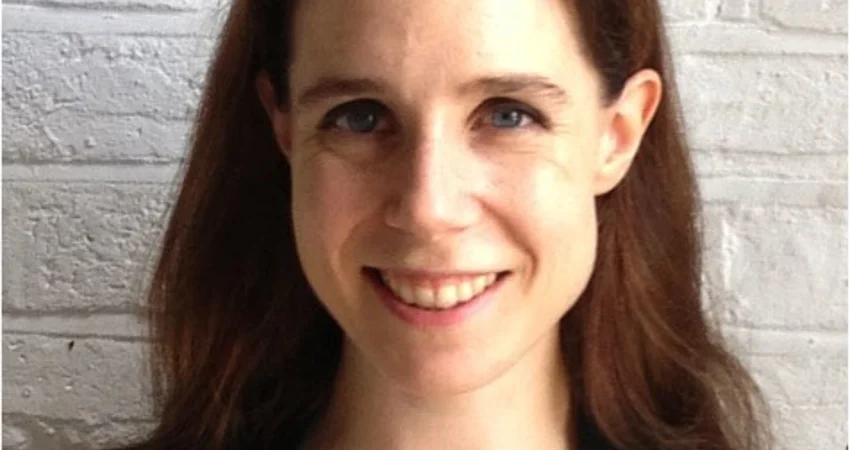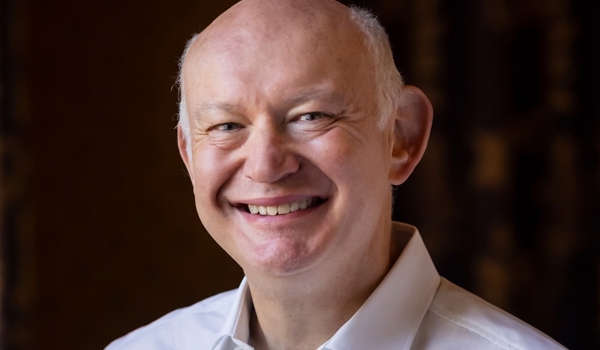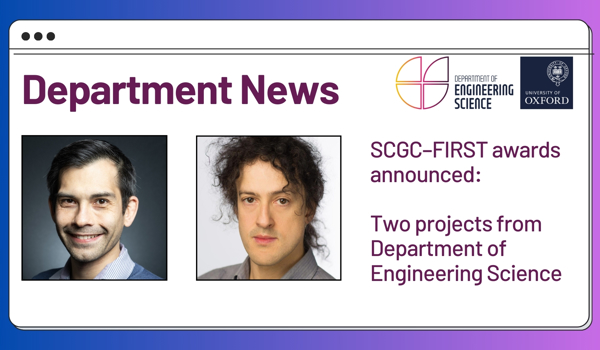11 Jun 2018
World's best videocamera to develop cures for deadliest cancers
World’s best video camera to develop cures for deadliest cancers The Rosalind Franklin Institute (RFI) today launched an ambitious new project to build the world’s most advanced real-time high-speed video camera, the key to understanding new techniques that use light and sound to treat some of the most lethal forms of cancer

Business Secretary Greg Clark today launched the Rosalind Franklin Institute and announced its first major projects including funding to develop the World’s best ultra-fast video camera for imaging tissue with greater sensitivity and at higher resolution than any other instrument currently available.
The camera will be invaluable in developing new techniques that use sound and light for both detecting and treating disease, including some of the most lethal forms of cancer such as pancreatic and brain tumours, with minimal side effects for patients.
The new instrument will be developed through a collaboration between an academic team at the University of Oxford and a UK-SME specialising in high-speed imaging, Invisible Vision. Once completed it will be housed at the new Rosalind Franklin Institute being built at the Harwell Research Complex in Oxfordshire for use by researchers in the UK and the rest of the world.
Chemotherapy is one of the most common treatments for cancer, using powerful drugs to kill cancer cells or stop them from growing and spreading to other parts of the body. These drugs are introduced into the bloodstream and absorbed into the surrounding tissue.
Professor Eleanor Stride from The Institute of Biomedical Engineering said:
“A major challenge with current delivery methods for cancer drugs is that they rely on the active molecules reaching and entering the tumour cells by diffusion. This makes it difficult to ensure that all parts of a tumour are treated and leads to terrible side effects because large volumes of healthy tissue also absorb the drug. We need to find a better way to get these drugs into cancer cells specifically, quickly and effectively.”
“The approach we’re developing introduces harmless particles into the bloodstream and then uses ultrasound to activate them, in order to both release the drug at a specific site and helping to drive it into the tumour to reach all of the cells within in it.”
The new instrument will be a key part of the core capability of the RFI’s INSIGHT laboratory, which will be devoted to developing technology for imaging and therapy at the intersection of light and sound.
It will be the first camera in the world able to capture up to 100 million individual frames per second at 1 megapixel resolution and operate across a wide optical spectrum from ultraviolet to infrared. This one-of-a-kind camera will enable researchers to see how ultrasound interacts with drug-loaded particles and tissue and how that enables controlled the uptake of drugs into cancer cells. The camera will help researchers to understand the biophysical mechanisms behind drug delivery - critical to perfecting ultrasound targeted drug delivery.
Professor Stride continued: “Most current devices are limited to the optical part of the spectrum or look at specific wavelengths. This camera will be flexible, able to look at the full spectrum from ultraviolet to infrared, which means we’ll be able to see more detail and get higher resolution images than ever before. It will help us see how the ultrasound affects the particles and how exactly it helps improve the drug delivery and allow us to develop the treatment to make it more effective.”
Currently, the fastest long record duration framing camera in the world best suited for these applications are still mechanical, operating at speeds up to 25 million frames per second. The new camera will be smaller and more compact (looking similar to a conventional video camera). It will be faster, more sensitive, and give higher resolution real-time imaging than any other device available today.
Once completed, the new instrument can be configured in a variety of ways and applied to broad range of problems in materials science, plasma/shock physics, combustion, sonochemistry, photoacoustics, biological membrane dynamics and fluid dynamics. It will produce exceptional images of the interaction of ultrasound with tissue and provide fundamental scientific insights that could lead to important new discoveries.
More information:
Rosalind Franklin Institute video with Professor Eleanor Stride.




